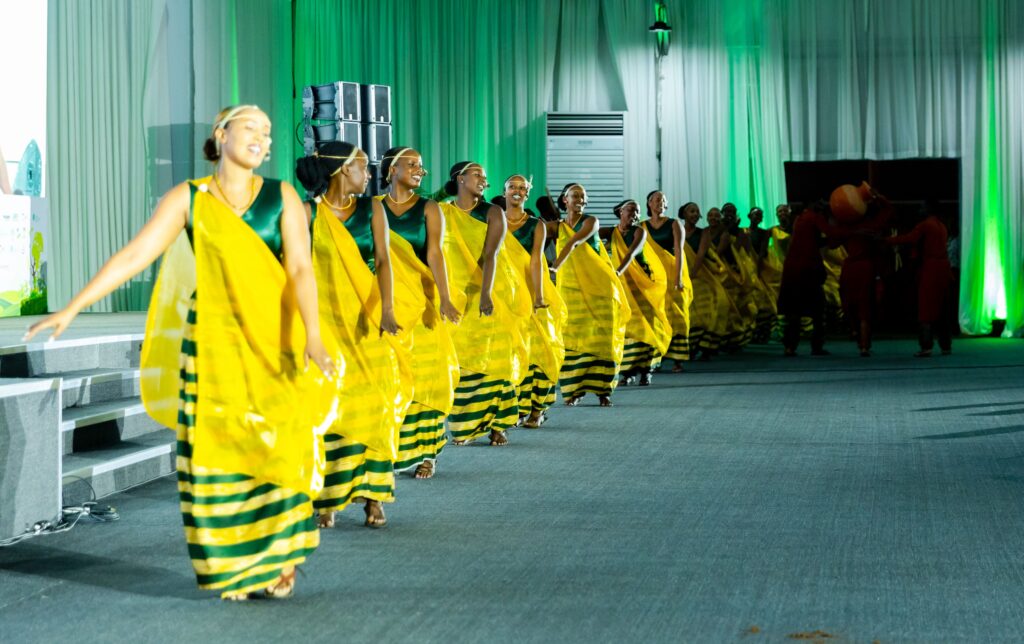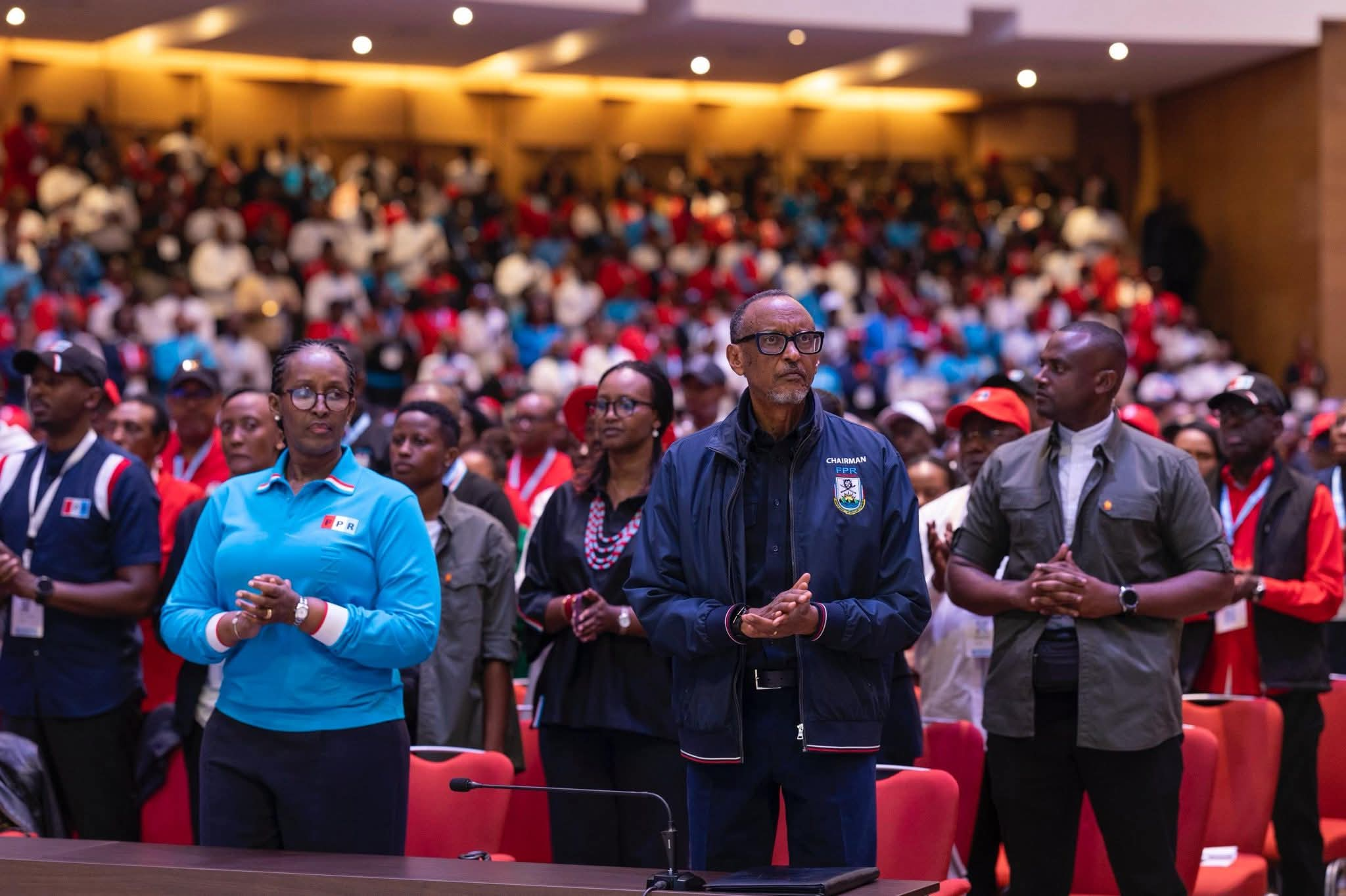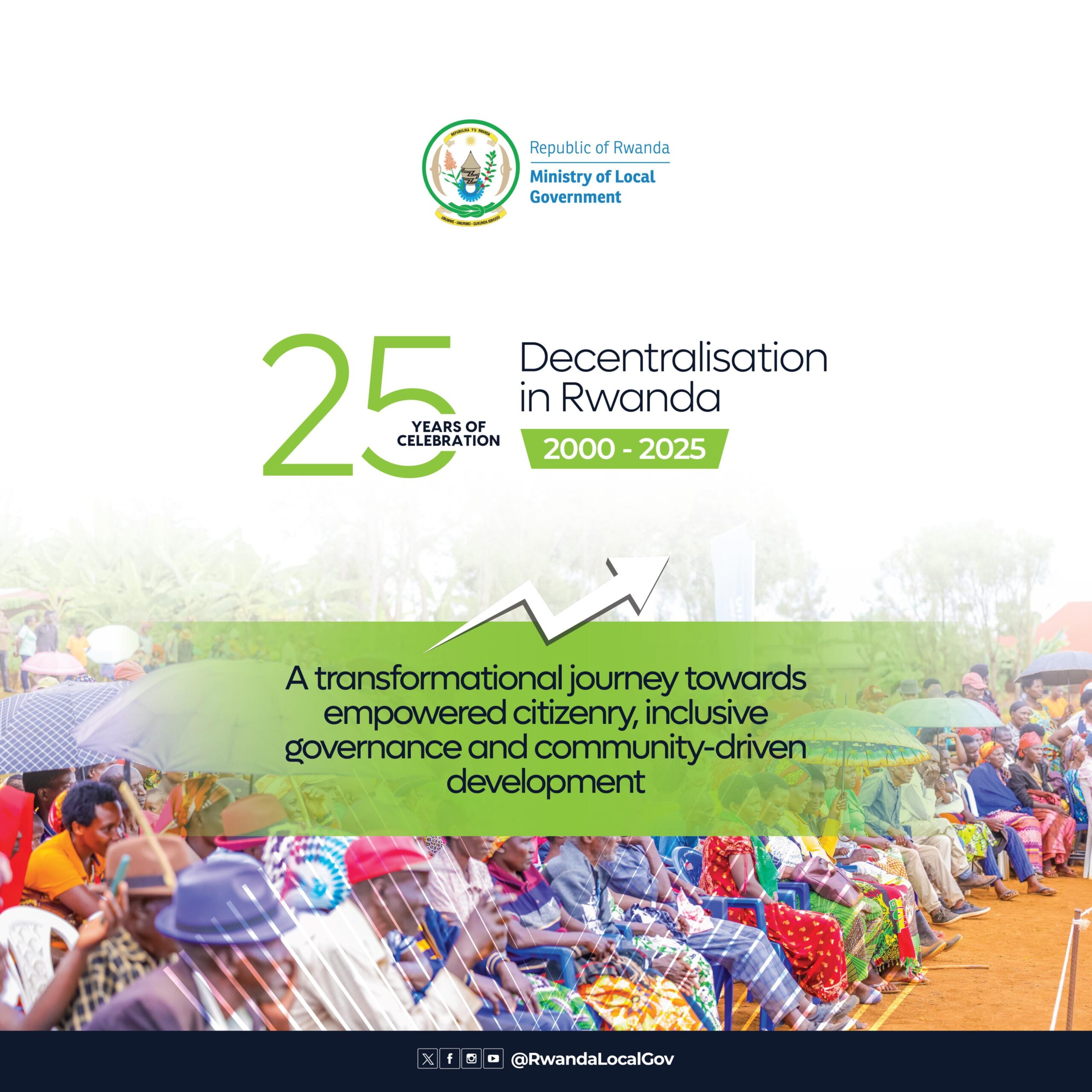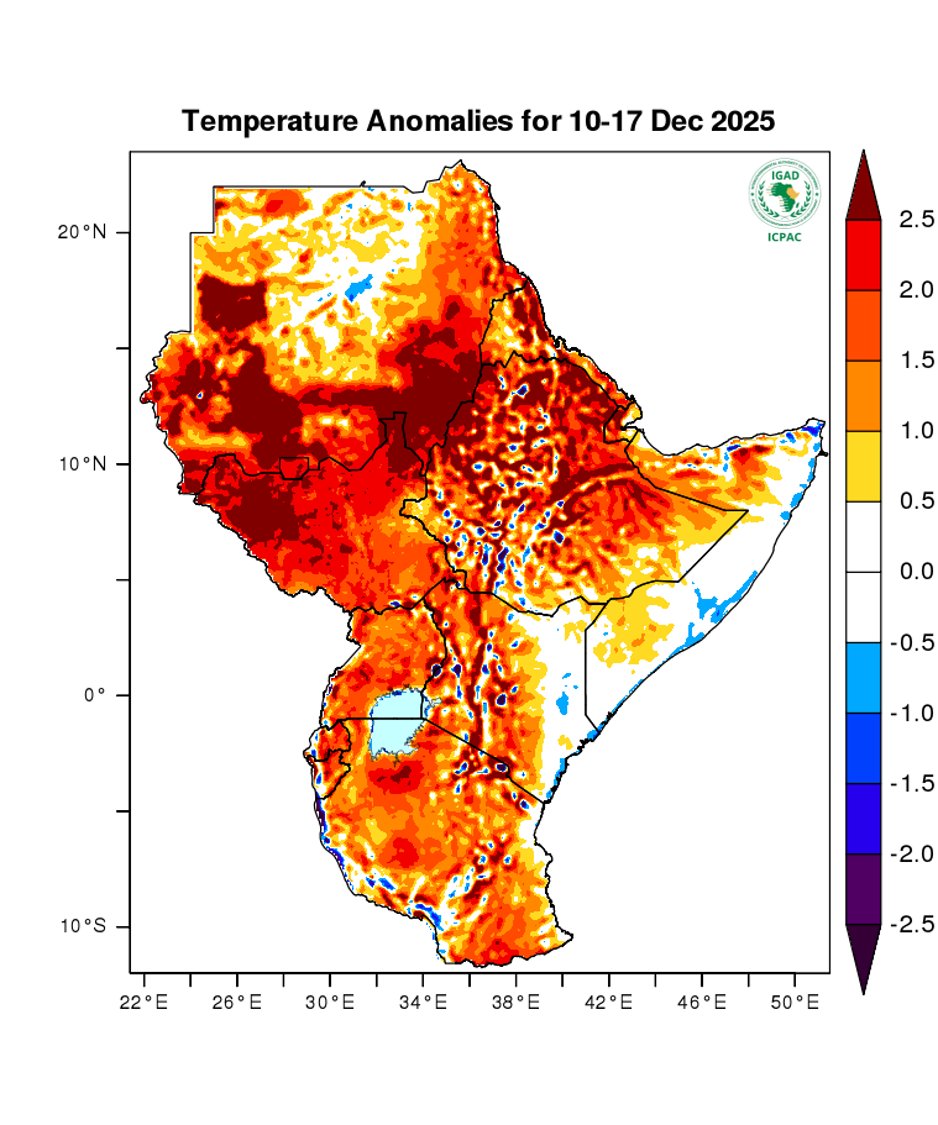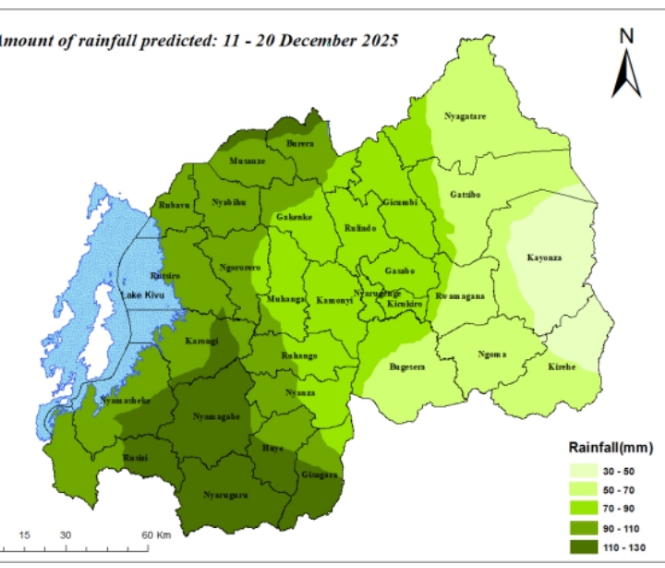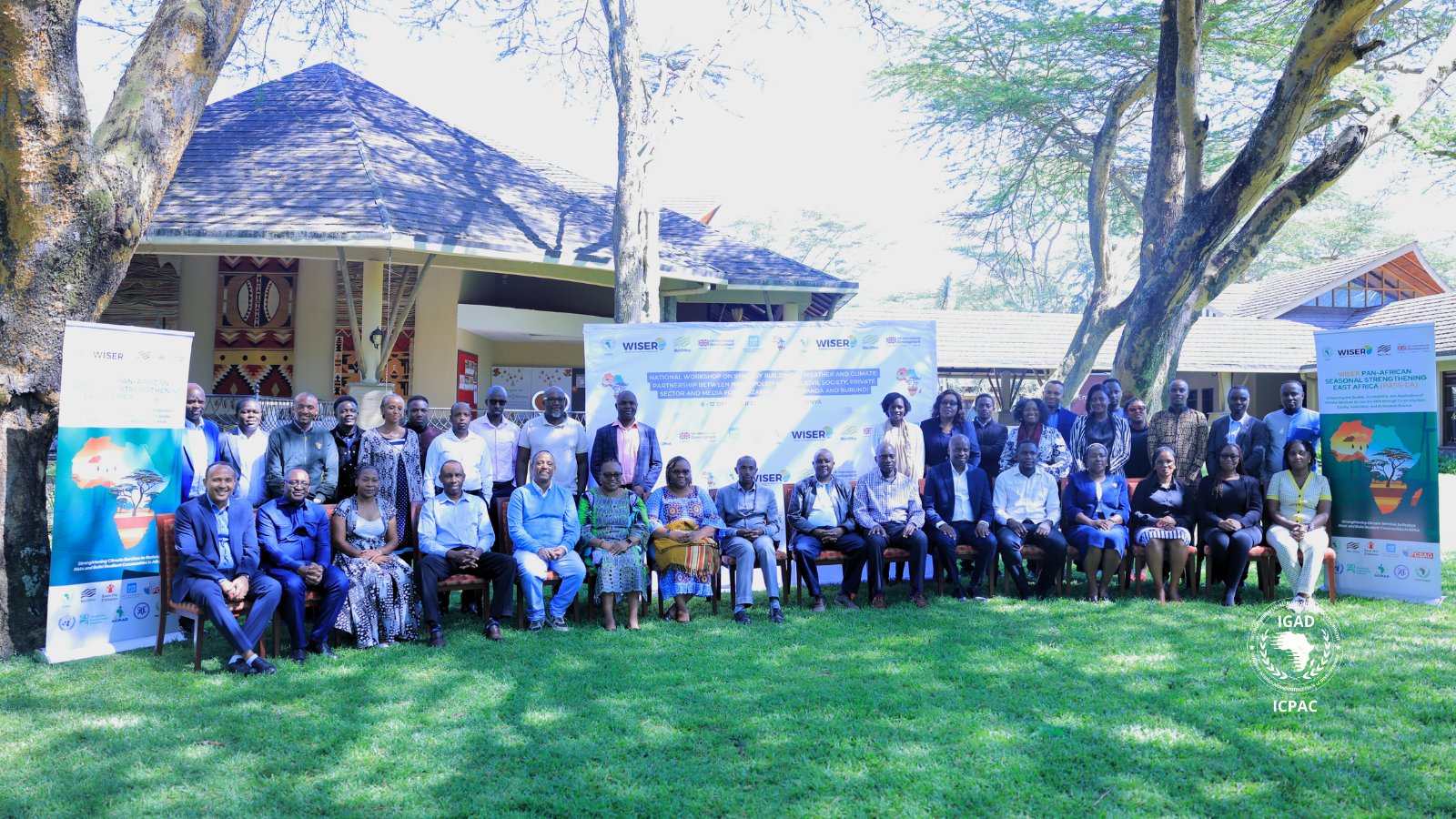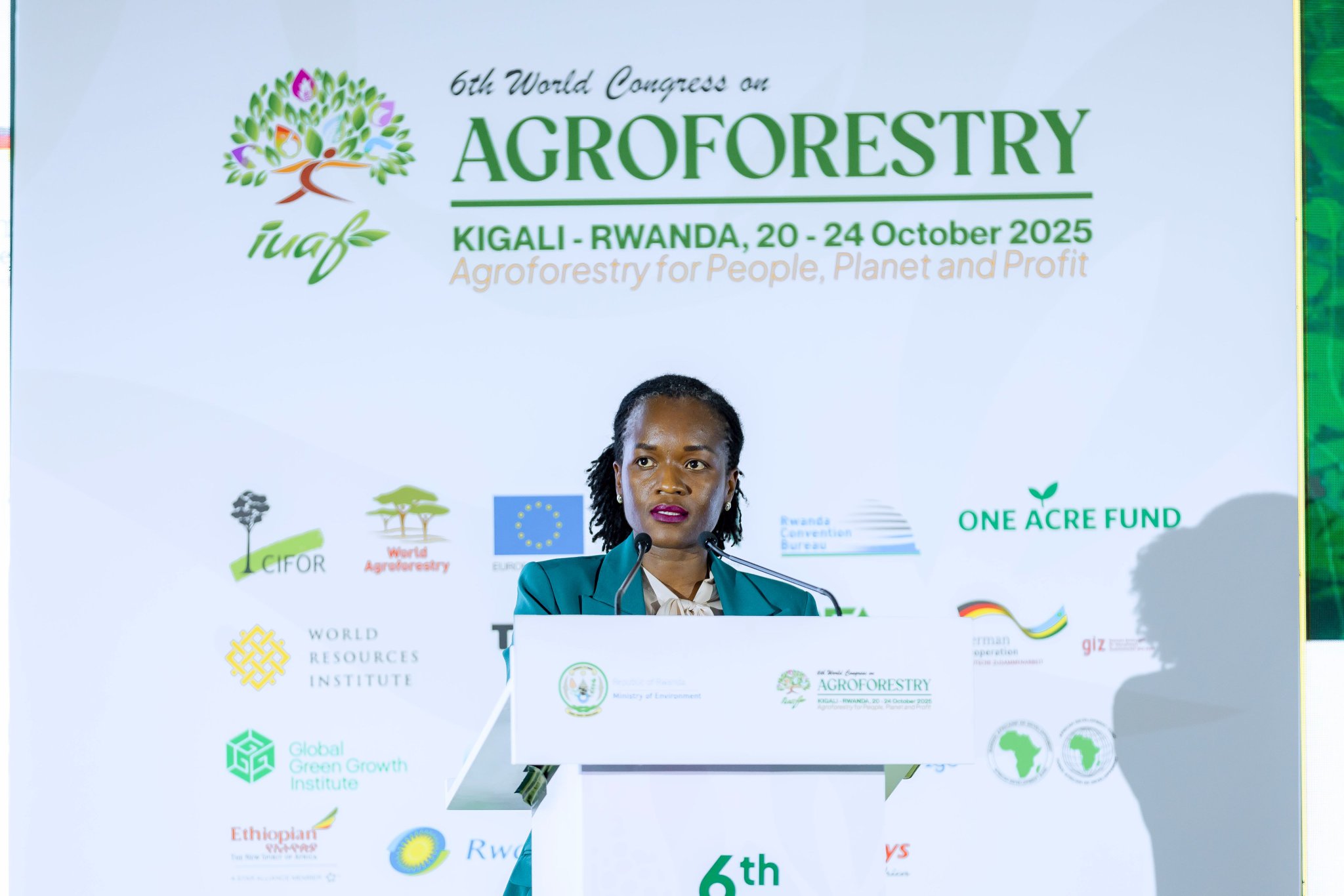
The Ministry of Environment (MoE) plans to showcase to participants of the ongoing World Congress on Agroforestry (WCA) in Kigali how agroforestry trees are helping prevent soil degradation and reduce greenhouse gas emissions that contribute to climate change.
The ministry is seeking partnerships to support its efforts to cut down air pollutants, prevent soil erosion, and purify water resources by ensuring that the country’s land is well covered with vegetation.

Researchers, government officials, private sector representatives, and international organisations from across the globe are attending the sixth week-long congress, taking place from October 20 to 24 in Kigali. Discussions focus on how to scale up the integration of trees in farming systems, given their crucial role beyond erosion control and climate mitigation.
In Rwanda, many farmers are already familiar with trees such as Leucaena and Calliandra, used as livestock fodder, Grevillea for timber, firewoods and stakes for climbing beans and various traditional and fruit trees whose leaves provide soil cover and organic matter, helping maintain soil fertility.
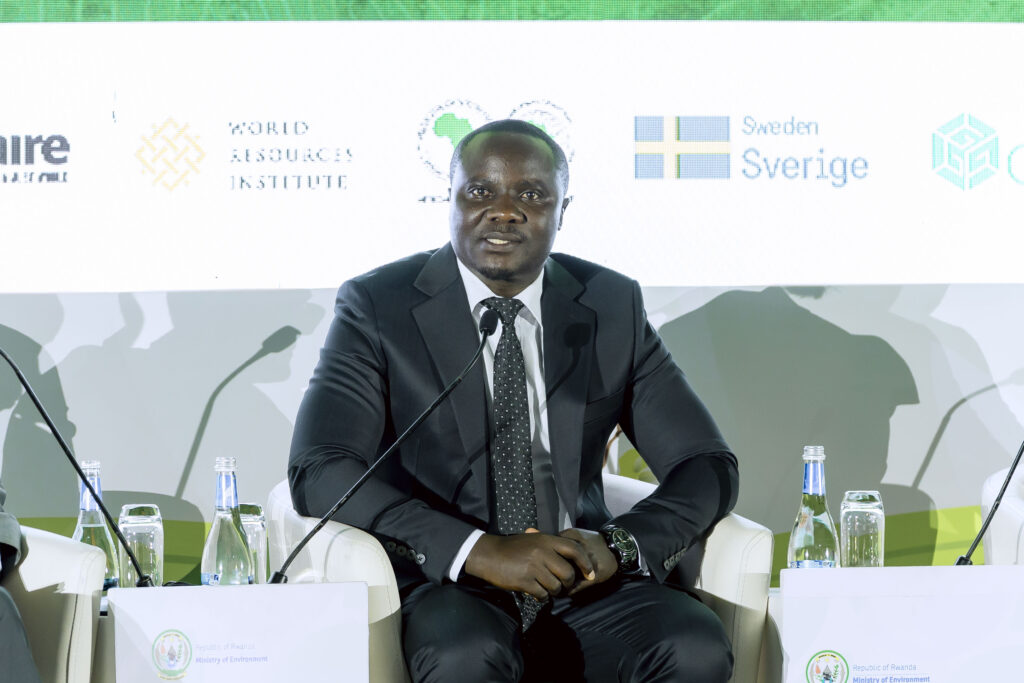
Restoring biodiversity and enhancing livelihoods through Agroforestry
Egide Gwaneza, an official from the World Agroforestry Centre (ICRAF), said that in Rwanda’s Eastern Province, where the TREPA project has been implemented, biodiversity has begun to return. He cited the example of bees that now follow tree blossoms to collect nectar, boosting honey production and pollination.
“There are tree species that thrive in warm areas—such as Maricamia, Leucaena, Calliandra, Trefogia vogeri, and Cespania—which provide flowers throughout different seasons, ensuring bees have constant access to nectar,” said Gwaneza.
He brought samples of honey and a byproduct called inta (beeswax residue) to the congress, demonstrating how it can be used to make cosmetics, soap, and candles.
Aloysie Mukamana, Coordinator of the Development Department at Caritas Gikongoro Diocese, said agroforestry has improved livelihoods in Nyamagabe and Nyaruguru Districts. Farmers there grow Grevillea trees that provide firewood and bean stakes, while also harvesting avocado and papaya fruits that grow on their farms.
Rwanda plans massive Agroforestry expansion
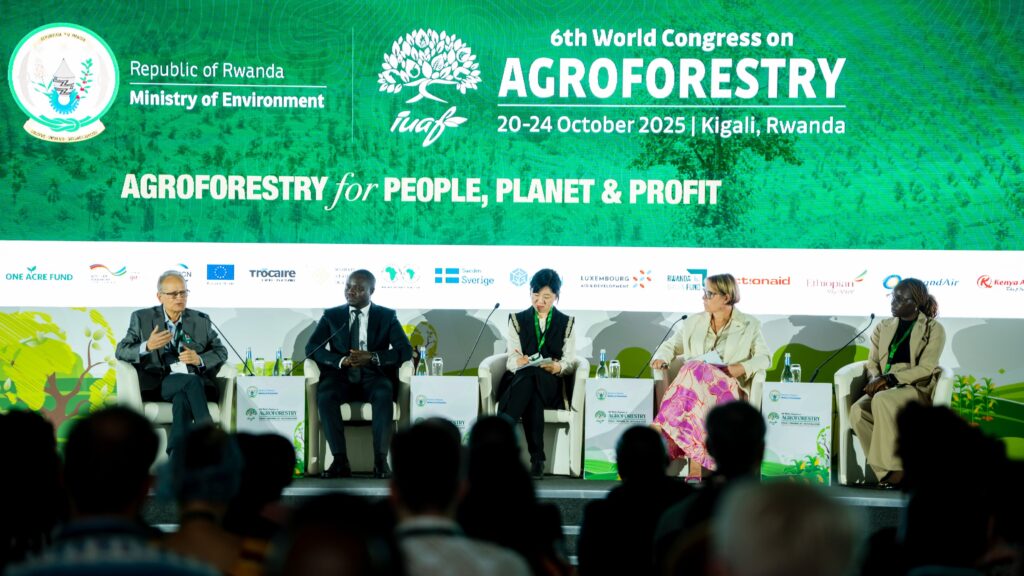
The Rwanda Forestry Authority (RFA) aims to ensure that 80% of the country’s land—about two million hectares—will be forested by 2030. Given that most of Rwanda’s land is under cultivation, the plan prioritizes planting agroforestry trees.
Minister of Environment Dr. Bernadette Arakwiye told the media during the Kigali WCA meeting that agroforestry is a key strategy to restore biodiversity and rehabilitate hillside soils affected by erosion.
“This World Congress on Agroforestry is crucial at a time when the world faces challenges of climate change, food insecurity, and biodiversity loss,” she said.
“In Rwanda, where much of the land is cultivated and a significant portion is on steep slopes prone to erosion, agroforestry provides a way to address these problems without undermining agriculture’s primary role—feeding our people.”
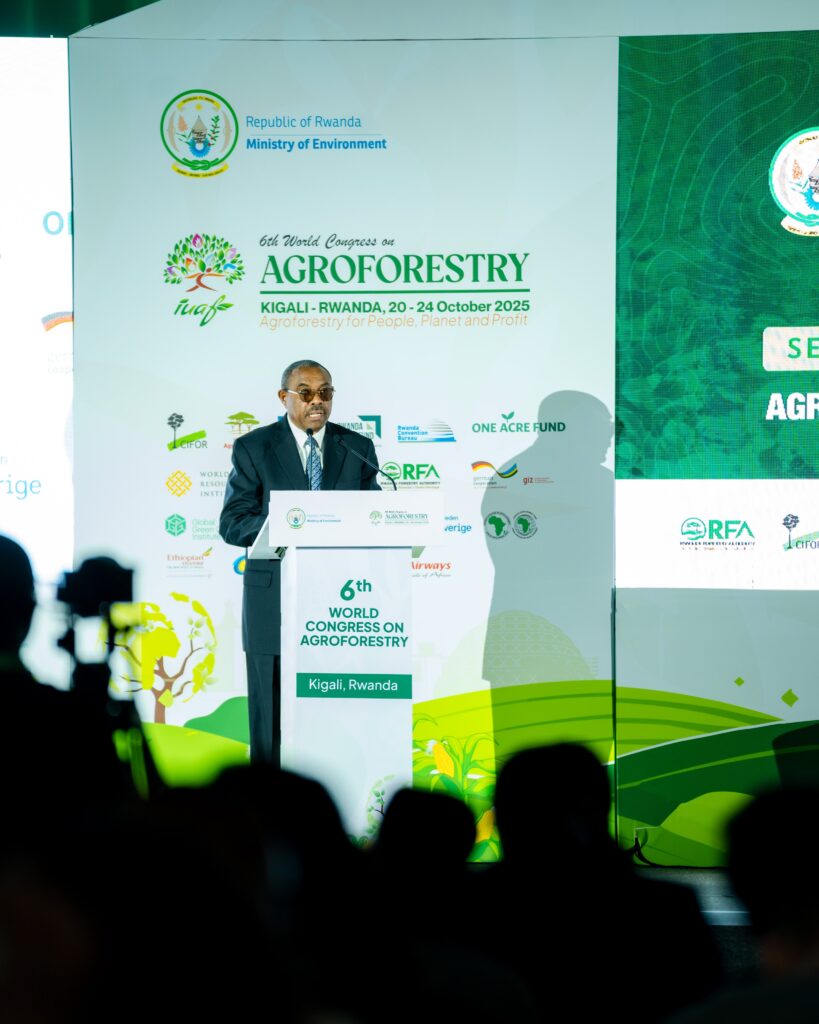
The ministry has planned to plant over 72 million trees during the 2025 rainy season, working with partners such as One Acre Fund (Tubura), which supplies farmers with seeds, tree seedlings, fertilizers, and training.
Tubura alone will distribute more than 30 million trees this planting season, with a focus on indigenous and fruit trees—especially in Kigali city and surrounding areas.
RICA and Green Gicumbi projects to be showcased
Participants of the WCA will also visit the Rwanda Institute for Conservation Agriculture (RICA) and the Green Gicumbi Project, both recognized as leading examples of successful agroforestry implementation.
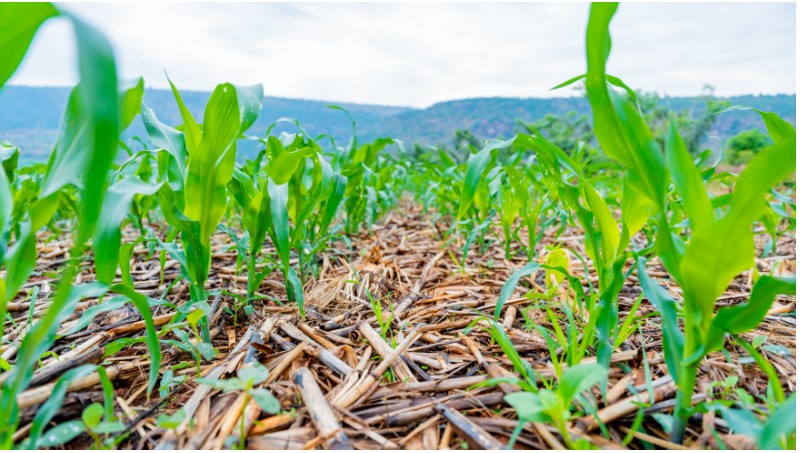
RICA, established by American philanthropist Howard Buffett, cultivates crops on 1,300 hectares in Gashora and Rweru Sectors of Bugesera District. The school promotes conservation agriculture by avoiding intensive tillage; instead, it uses small planting holes and mulching to preserve soil moisture and prevent erosion.
Agroforestry and indigenous trees help maintain soil humidity at RICA and provide livestock fodder, while manure from traditional Ankole cattle enriches the fields.
In northern Rwanda, the Green Gicumbi Project practices agroforestry and terrace farming across 12,000 hectares in nine sectors. According to local farmers, yields have increased dramatically—from 800 kilograms of beans per hectare before the project to four tons per hectare today.
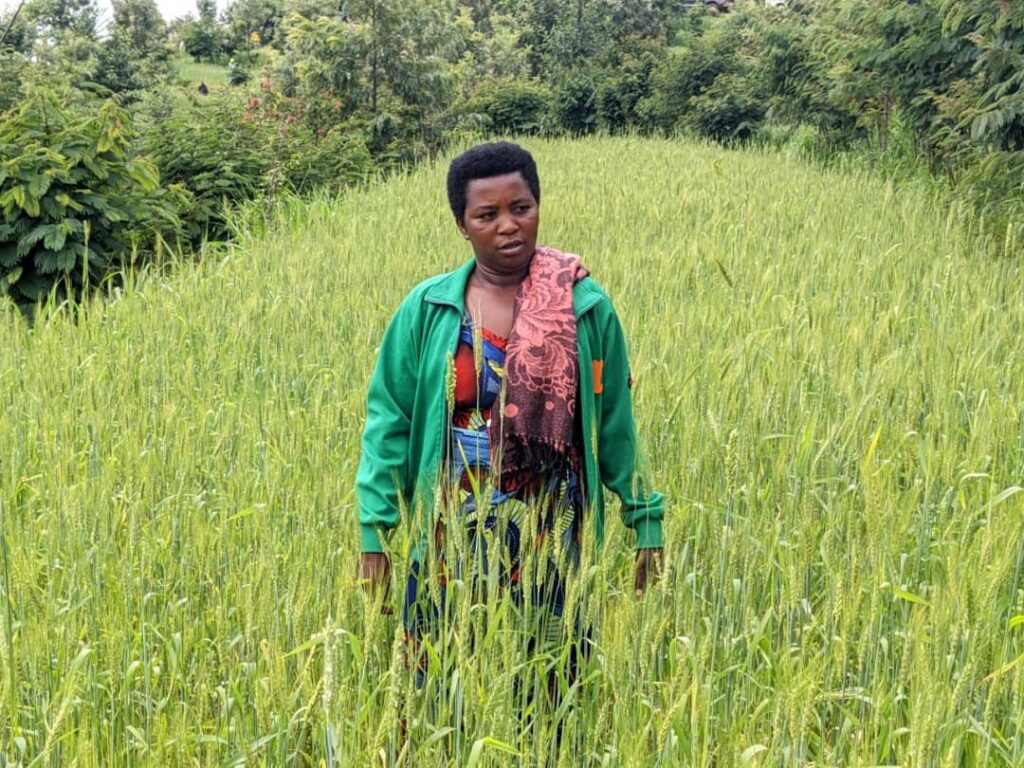
Learning from other countries
Patrick Worms, President of the International Union of Agroforestry (IUA), gave examples of countries like Niger, which borders the Sahara Desert, where agroforestry has made a remarkable difference.
“In Niger, at the edge of Sahara they have very very long dry seasons, rains are scattered and very short, with two or three months(in a year), without trees, it’s difficult to grow crops , with shade trees, espcially legume trees you can grow crops,” Worms said.
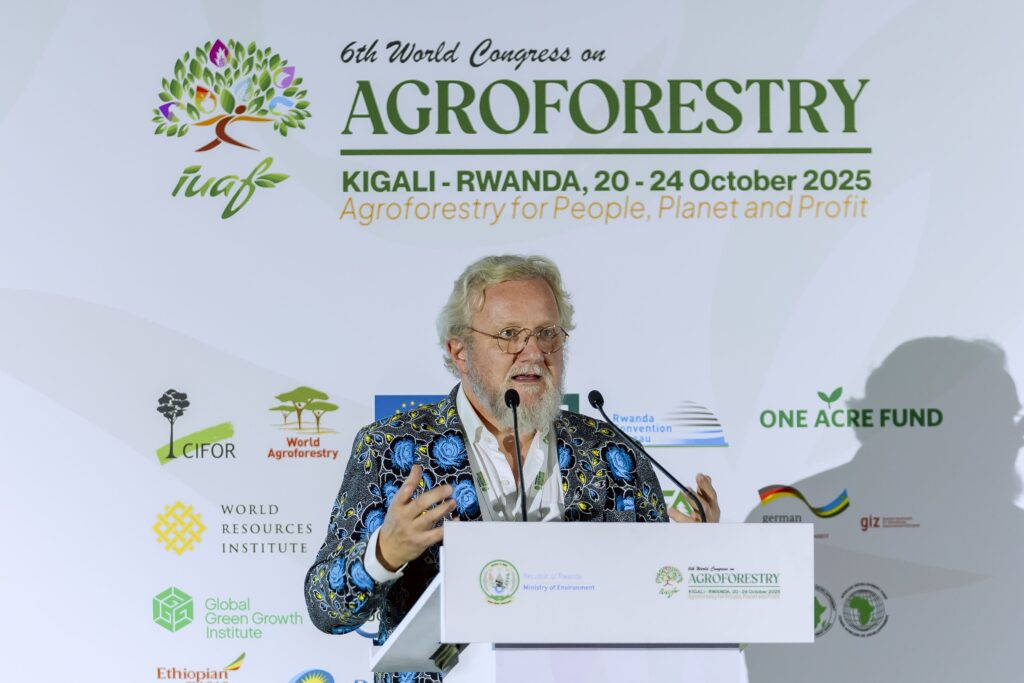
He added that similar practices have restored productivity in drought-prone areas such as Tigray (Ethiopia), India, and Sardinia (Italy).
The congress will conclude on Saturday, October 25, with a nationwide community work (Umuganda) event during which participants and citizens will plant trees in pre-dug pits across the country.
